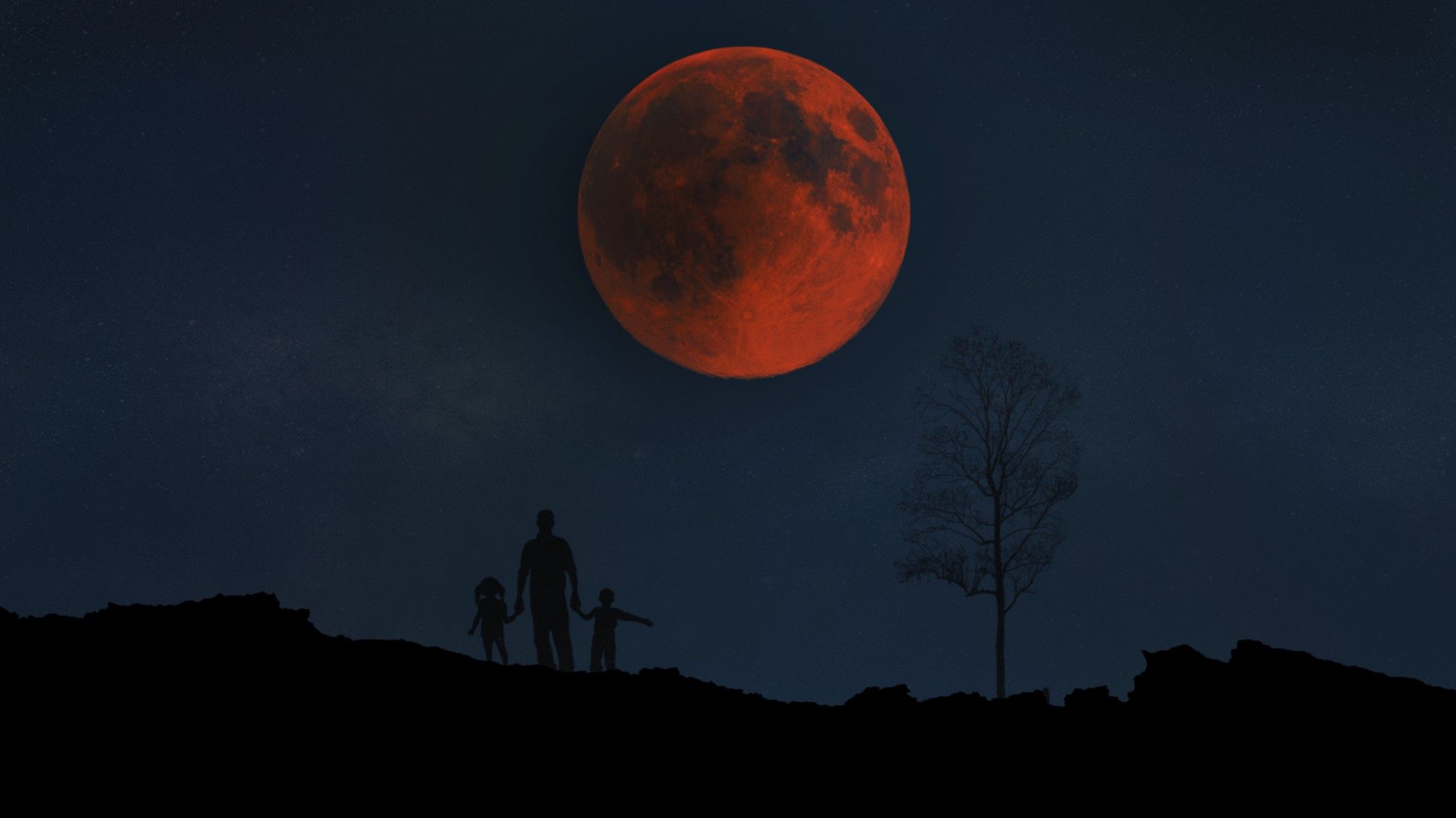
Image of total lunar eclipse shot from the sky. Photo/Space
By Daisy Okiring
Kenyans will have the chance to witness a spectacular astronomical event this Sunday evening as a total lunar eclipse unfolds in the night sky. The Kenya Space Agency (KSA) has confirmed that the eclipse will be visible across the country in seven distinct stages, lasting until close to midnight.
Unlike a solar eclipse, the event can be safely viewed with the naked eye, with no need for protective glasses or filters. For those seeking a closer experience, binoculars or a telescope may provide more detail, but the agency emphasized that the naked eye is enough to enjoy the breathtaking display.
A lunar eclipse occurs when the Earth positions itself directly between the Sun and the Moon, casting its shadow across the lunar surface. This alignment can turn the Moon into a striking red orb, often called a “blood moon,” as sunlight bends through Earth’s atmosphere.
Timings and stages of the eclipse
The agency outlined the expected phases of the eclipse, beginning with the penumbral stage at 6:28 p.m., followed by the partial eclipse at 7:27 p.m. The total eclipse will start at 8:31 p.m., reach its maximum at 9:12 p.m., and gradually fade as the Moon exits Earth’s shadow. The final penumbral phase is expected to end at 11:55 p.m.
KSA explained that each stage carries its own unique spectacle. In the penumbral stage, the Moon takes on a subtle shading, as if a light veil has passed over it. The partial stage brings a dramatic “bite” out of the lunar surface as the Earth’s darker shadow, the umbra, spreads across.
Read More: Treasury launches Ksh34 billion climate resilience programme
At the height of the eclipse, the Moon will glow in deep red or copper tones. Depending on atmospheric conditions, observers may see variations ranging from vivid crimson to dusky orange or brownish hues. As the eclipse wanes, the Moon will slowly return to its usual silver brightness, completing the celestial show.
Beyond beauty: science in motion
According to the Kenya Space Agency, the lunar eclipse is not only a visual wonder but also an opportunity for science. By studying the red light that passes through Earth’s atmosphere and reflects off the Moon, researchers can gather insights into atmospheric dust, pollution, and climate trends.
Read More: Who really benefits from Kenya’s carbon credit deals
The agency added that eclipses also reveal details on the Moon’s surface that are often difficult to see under normal sunlight. Over centuries, tracking lunar eclipses has helped astronomers refine knowledge about the Moon’s orbit, its distance from Earth, and the gravitational forces at play.
Historically, eclipses have been used by civilizations to measure time and predict future events, with the Saros cycle—a repeating sequence of eclipses—still guiding astronomers today.
For Kenyans, Sunday’s event offers a chance to connect with both the science and the spectacle of the universe. Whether seen through a telescope, a pair of binoculars, or simply with the naked eye, the lunar eclipse promises to be one of the most accessible and awe-inspiring celestial events of the year.



